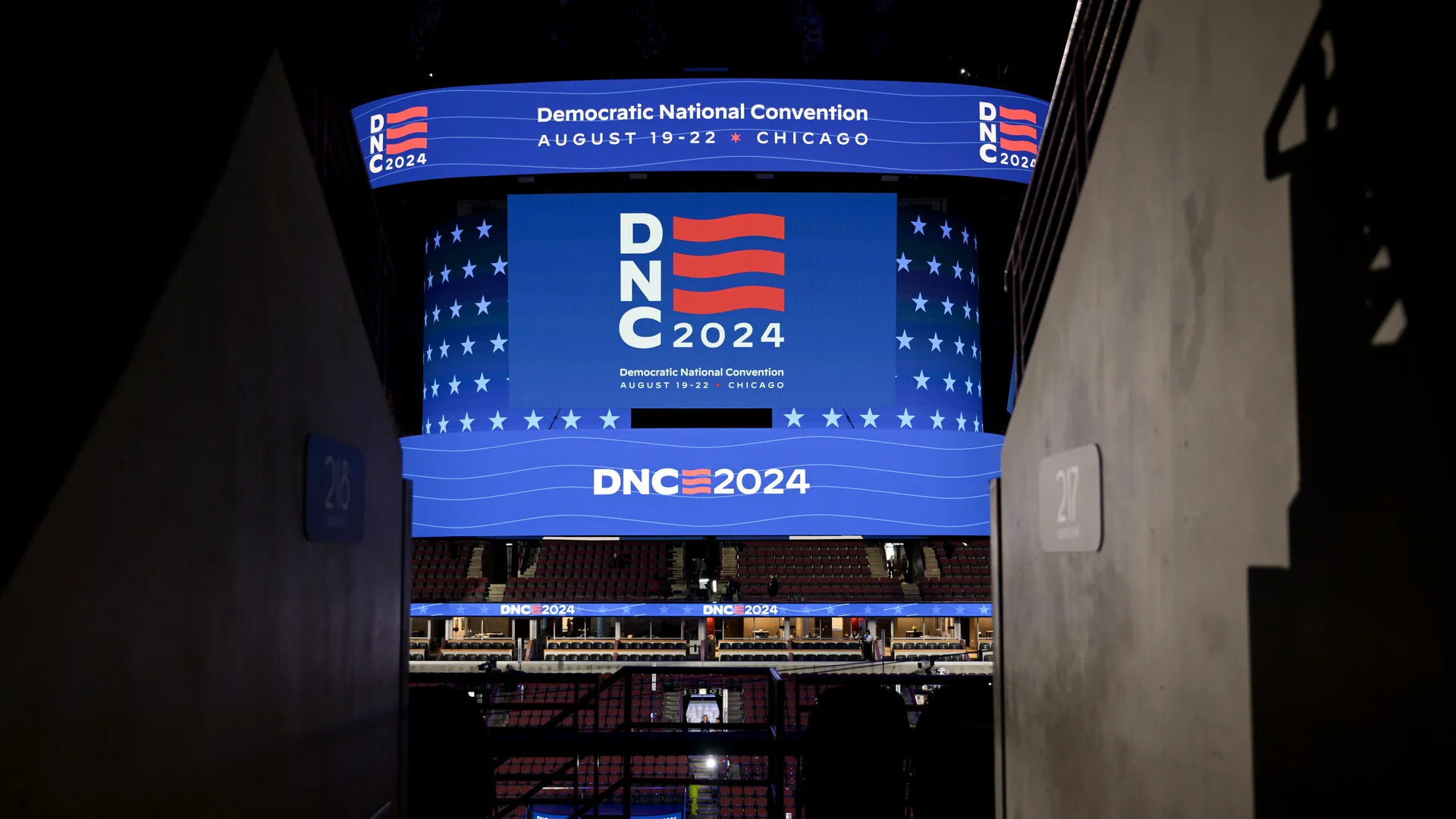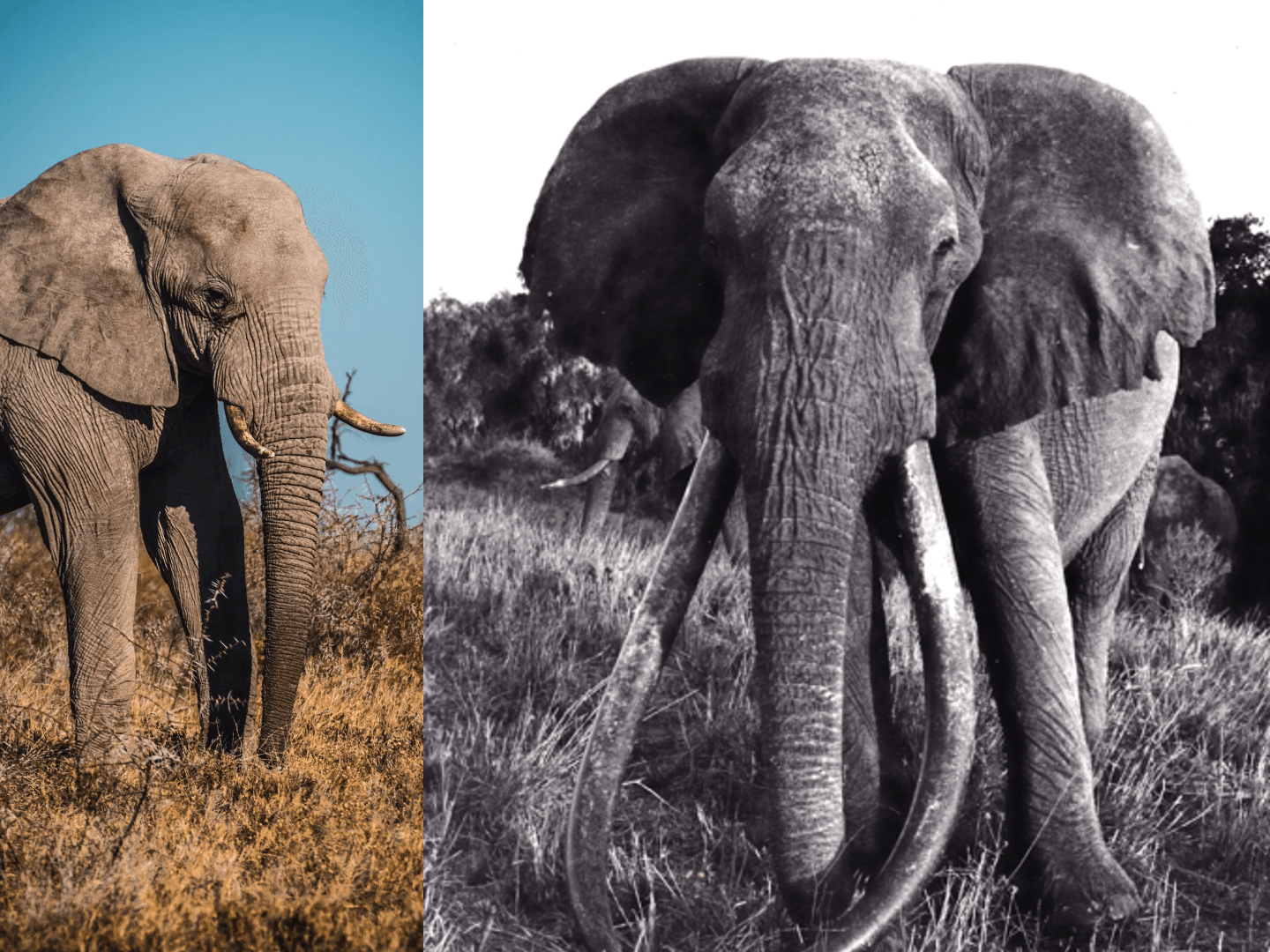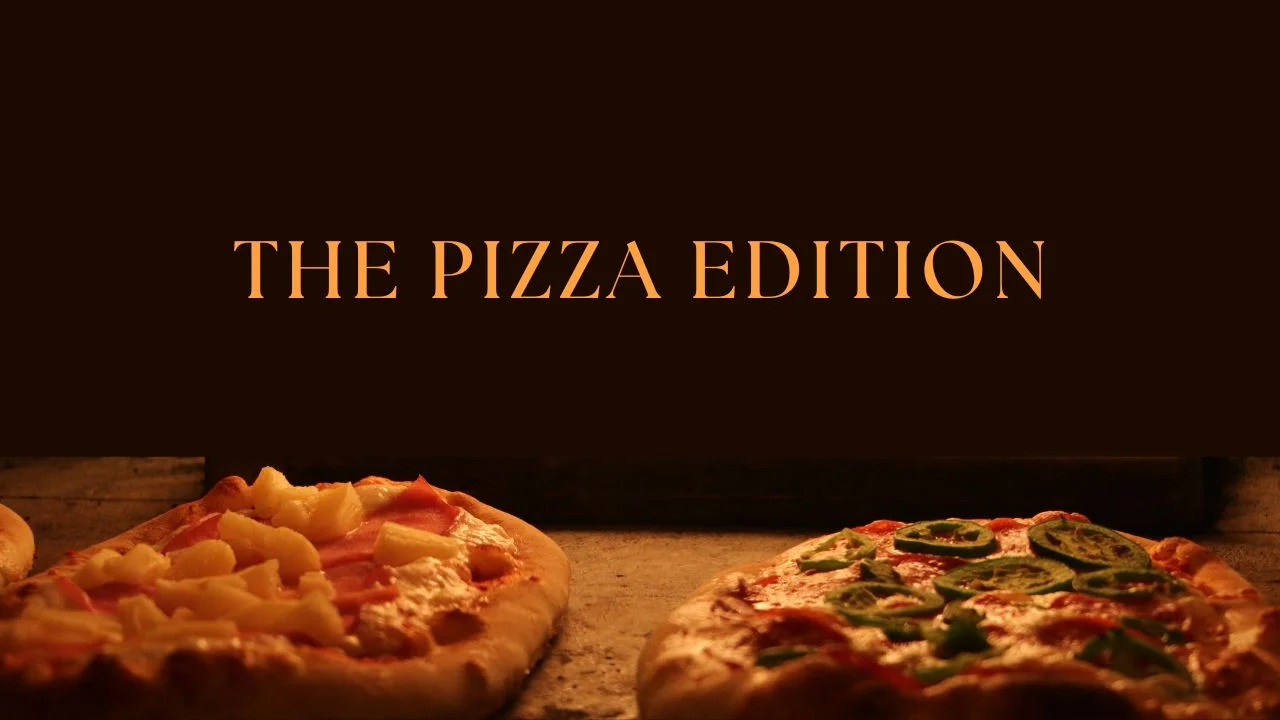News
DNC: The Democratic National Convention

News
Diddy News: Exploring the Latest
News
The Pizza Edition: Explore the Best Variations of Pizza
News
der elefantenbulle ahmed: Legend of the Last Great Tusker

Der Elefantenbulle Ahmed
Der Elefantenbulle Ahmed is one of the most well-known and iconic figures in Kenya’s wildlife history. A magnificent African elephant (Loxodonta africana), Ahmed became famous for his exceptionally long tusks and his role as a symbol of conservation in Africa. In this article, we will explore Ahmed’s story, his significance and his legacy.
The story of Der Elefantenbulle Ahmed
Der Elefantenbulle Ahmed, lived in the Marsabit National Reserve in northern Kenya in the 1960s and 1970s. He was known for his impressive size and exceptionally long tusks, which made him one of the last so-called “Great Tuskers.” A “Great Tusker” is an elephant whose tusks weigh over 100 pounds (about 45 kilograms) each. Ahmed’s tusks were not only exceptionally long, but also very heavy, making him a special attraction and a valuable target for poachers.
Ahmed as a symbol of nature conservation
At a time when poachers posed a significant threat to the elephant population in Africa, Ahmed became a symbol for the protection of endangered species. His unique appearance and gentle nature attracted the attention of conservationists and the public. The Kenyan government recognized Ahmed’s importance to conservation and took unprecedented measures to protect his life.
In 1970, then President of Kenya, Jomo Kenyatta, officially declared Ahmed a “living monument.” This declaration was a first in Kenya’s history and highlighted the bull elephant’s importance to the nation and to conservation worldwide. As a result of this declaration, Ahmed was given 24-hour protection by armed guards. These protective measures were crucial to protect him from poachers who were after his valuable tusks.
The last years and the death of Ahmed
Ahmed lived to a ripe old age, dying of natural causes in 1974 at the age of about 55. His death was a significant event that received worldwide attention. The fact that his body was found intact shows that the Kenyan government’s conservation efforts were successful and Ahmed was protected from poachers throughout his life.
After his death, Ahmed’s body was dissected and put on display at the Nairobi National Museum. This exhibition is intended to honour his life and legacy and serve as a reminder of the importance of conservation and the need to protect endangered species.
Der Elefantenbulle Ahmed legacy and its significance today
Ahmed the bull elephant remains a symbol of conservation in Africa today. His story has inspired generations of conservationists and raised awareness of the need to protect endangered species. He represents the urgent need to protect wildlife from the threats posed by human activities such as poaching and habitat loss.
Ahmed’s legacy also lives on in ongoing efforts by Kenya and other countries to protect and conserve elephant populations. Thanks to modern technology and dedicated conservation organizations, many elephants are now better protected through strict laws and monitoring programs.
Frequently Asked Questions (FAQs)
1. Why did the bull elephant Ahmed become famous?
- Ahmed became famous for his exceptionally long tusks and his status as one of the last “Great Tuskers” in Africa. He also became a symbol of conservation because he was given special protection by the Kenyan government.
2. What does it mean that Ahmed was a “living monument”?
- A “living monument” is an official designation given to Ahmed by the then President of Kenya, Jomo Kenyatta. This designation meant that Ahmed was placed under permanent protection to protect him from poachers.
3. How was Ahmed’s body treated after his death?
- After his death, Ahmed’s body was dissected and exhibited at the Nairobi National Museum to honor his legacy and highlight the importance of conservation.
4. What does Ahmed’s story mean for modern conservation?
- Ahmed’s story highlights the importance of protecting endangered species and continues to inspire conservation efforts around the world. It shows that individual actions to protect individual animals can have a significant impact on the protection of entire species.
Conclusion
The bull elephant Ahmed is more than just a historical figure; he is a symbol of the importance of conservation and the fight against poaching in Africa. His story reminds us of the importance of protecting our natural resources and preserving biodiversity. Ahmed’s legacy lives on and inspires us to continue fighting to protect elephants and other endangered species.
-

 News9 months ago
News9 months agoBrooke Tilli – Bio, Age, Relationships, Career, Net Worth, and Boyfriend
-

 Celebrity8 months ago
Celebrity8 months agoPedro Vaz Paulo: A Life of Redemption
-

 Celebrity8 months ago
Celebrity8 months agoBurak Deniz: The Turkish Heart-Throb
-

 Tech8 months ago
Tech8 months agoCloud Computing: Enabling IT Innovation
-

 Tech8 months ago
Tech8 months agoSaaS Integration: Cloud-Based Software
-

 News8 months ago
News8 months agoDefine a Offshore Accident Lawyer
-

 Business8 months ago
Business8 months agoJanitor AI: Future of Auto Maintenance
-

 News8 months ago
News8 months agoAI Deepfake Threaten to Global Elections. No One Can Stop Them.





